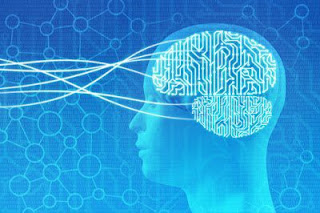Trigger Control?

My daughter claims to be triggered by the term “triggered”. It’s probably because her little brother likes to talk about triggers. Other people's, as well as his own. What is a behavioral trigger? Put simply, Marshall Goldsmith says (in his book Triggers ), the behavioral verb “trigger” is any stimulus that impacts our behavior. My kids, like adults, sometimes think a trigger is permission for contraindicated behavior. (“They made me be critical.”) What if you could control your environment so it triggered your most desired behavior and steered you toward success? Instead of blocking us from our goals, the environment would propel us towards them. Sounds ideal, doesn’t it? It also sounds far-fetched. It is not. To achieve “control” of the environment so that it triggers our most desired behavior, we can look at six distinctions that will help improve our understanding of how triggers influence our behavior. A trigger can be direct or indirect . Direct triggers are stim...
